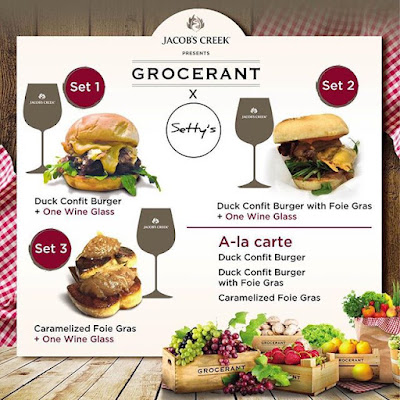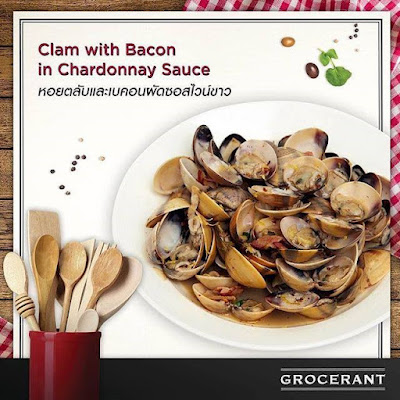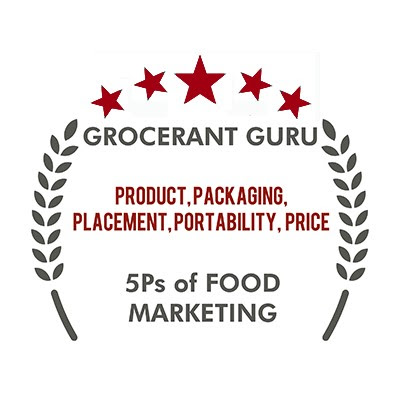We all know that the world has changed. Sometimes food retailers get ahead of themselves
and throw in the towel if everything is not working as they had planned. Currently
the recreational use of cannabis has been legalized in 24 states, three U.S.
territories, and the District of Columbia. My friends that’s not the end of the
world. That does not mean that you bar
sales have gone up in smoke!
In a world riddled with economic uncertainties, the dining
industry is undergoing a remarkable transformation, propelled by Gen Z’s
insatiable appetite for unique experiences and penchant for affordable, small
indulgent food and drink discovery.
Yes, food and beverage discovery. Regular reads of this blog know that Steven Johnson
Grocerant Guru® at Tacoma, WA
based Foodservice Solutions® has stated time and time again that mix and match
meal component bundling is the mainstay driving continued customer migration
and adoption of Grocerant niche Ready-2-Eat and Heat-N-Eat fresh prepared food in
every sector of food retail today.
You know that, Gen Z, the largest and most diverse
generation with a staggering spending power of $360 billion, craves diversity
and personality in their dining experiences. In the post-pandemic world, Gen Z
is emerging with a fervent desire for experiences that go beyond the ordinary
or offer a respite from the daily grind.
Unique beverages fit the bill perfectly. Craft drinks are a
gateway for exploration and indulgence on a budget. Artisanal lemonades,
cold brew coffee, Boba tea are no longer niche treats — they’re the drinks
defining Gen Z’s dining experience.
A new report from Botrista,
whose DrinkBots automate the production of upscale craft beverages, shows that
it’s not just about the drink itself. For a generation who views food and
beverage as part of their identity, specialty options are an opportunity for
self-expression and indulgence. More than “social lubrication,” as Natalie
Battaglia, influencer and founder of The Mindful Mocktail, calls them, drinks
have become not only social catalysts but also a healthful indulgence.
According to analysis firm Cassandra’s 2022 survey, more than half of Gen Zers
believe that what they eat is indicative of who they are as a person.
Interestingly, these new craft beverages do not seem to
cannibalize sales of old favorites. For example, a California rice bowl concept
witnessed a remarkable 59% surge in sales of carbonated soft drinks after it
introduced premium craft beverages made by Botrista’s
DrinkBots. Similarly, a New York-based Mediterranean concept
experienced a 14% increase in carbonated soft drink sales after it introduced Botrista’s DrinkBots. The report
found that craft beverages prompt additional customers to order beverages and
that this, in turn, prompts other people in the same group to order beverages
as well. So even traditional carbonated soft drinks benefit.
So restaurants have a chance to capitalize. By expanding
drink menus with beverage experts and technology, they can cater to the
adventurous Gen Z palate while keeping loyal customers happy. They can increase
appeal and sales opportunities for legacy beverages as craft drinks become
their partners in attracting and engaging this new cohort of consumers.
As a testament to this transformative shift, the National
Restaurant Association projects the food service industry to reach $997 billion
in sales for 2023. This figure represents a remarkable 11% increase compared to
2022 and a significant leap from the $789 billion recorded in 2021. In order to
capture a slice of this growth, restaurant owners must understand the unique
needs and relationship Gen Z has with dining.
The traditional beverage industry now stands at the
threshold of a craft drink revolution. Specialty options invite a new
generation to enjoy conventional soft drinks as part of a personalized, social
experience. The trend is clear: creatively blending traditional and artisanal
drinks is the recipe for success.
The grocerant niche is not only surviving but thriving,
driven by the insatiable thirst of Gen Z for exceptional experiences, memorable
moments, and craft drinks that tell their stories. In this world where the
market may be uncertain, one thing remains clear – the future of dining is
vibrant and innovative, and it’s served in a glass. So, let’s raise a glass to
a world where craft beverages are keys to unforgettable experiences and shared
moments! Yes, millennials and Gen Z still DRINK!
Don’t over reach. Are you ready for some fresh ideations? Do your food marketing ideations look more like yesterday than tomorrow? Interested in learning how Foodservice Solutions® can edify your retail food brand while creating a platform for consumer convenient meal participation, differentiation and individualization? Email us at: Steve@FoodserviceSolutions.us or visit us on our social media sites by clicking the following links: Facebook, LinkedIn, or Twitter
Do you want a Larger
Share of Stomach


.jpg)















.jpg)






